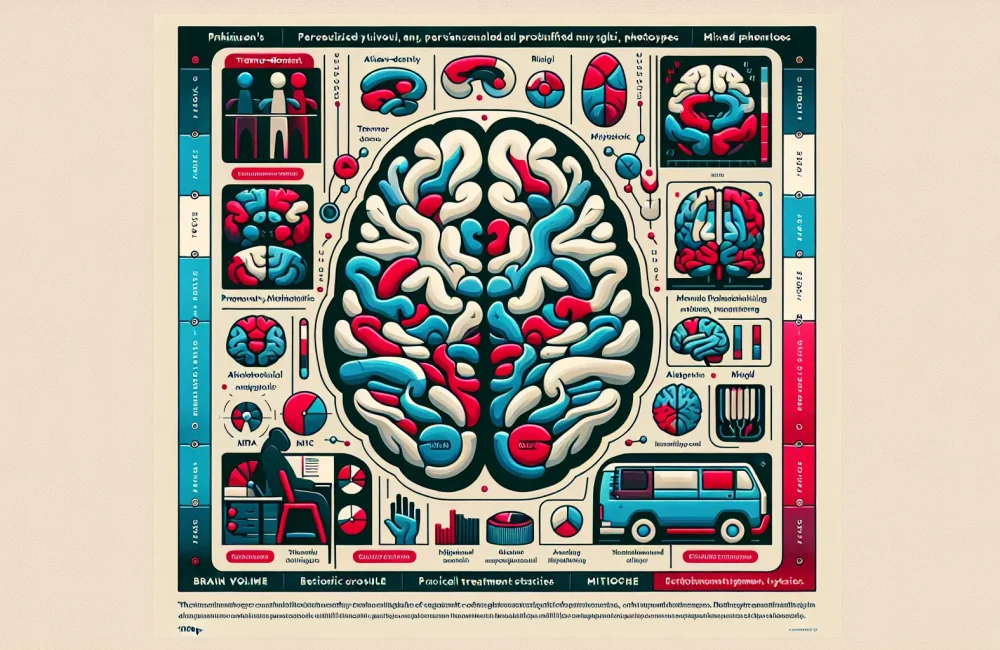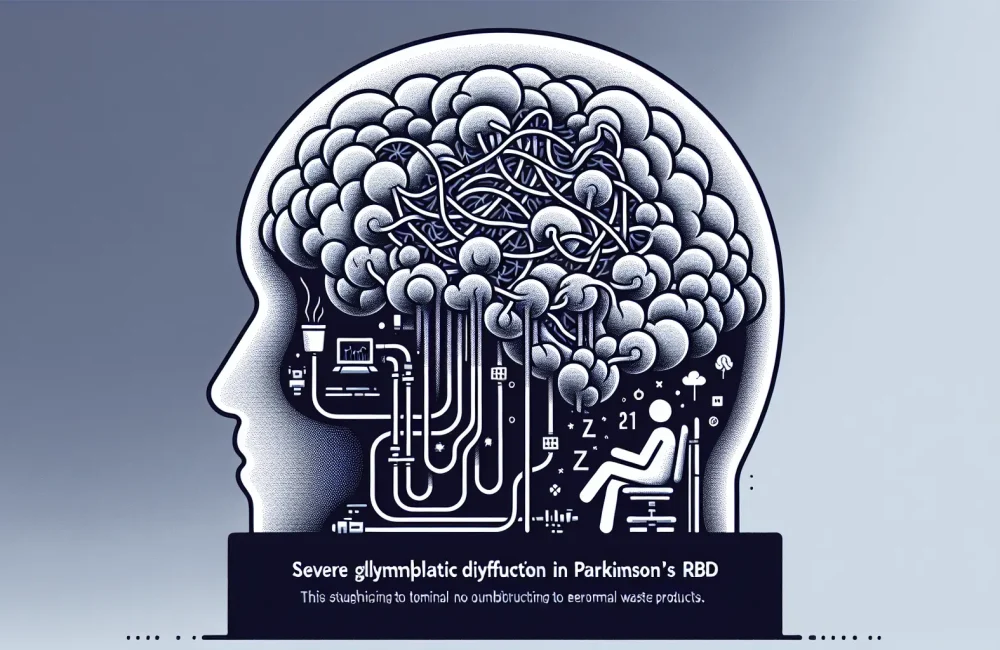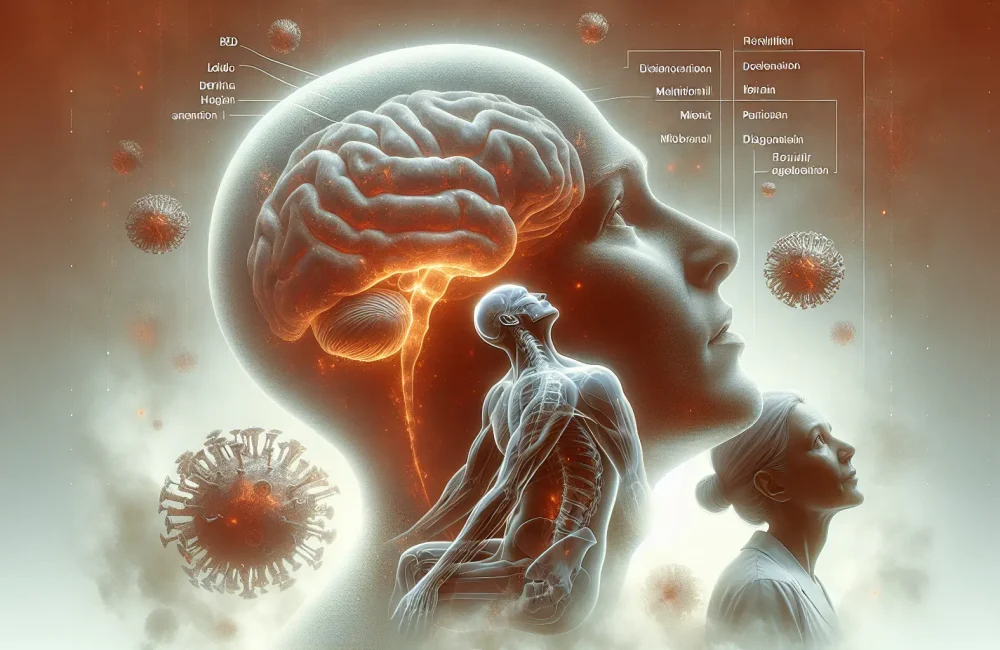By CAFMI AI From npj Parkinson’s Disease (Open Access)
Distinct Brain Volume and Myelin Patterns in Parkinson’s Motor Subtypes
Parkinson’s disease (PD) is a complex neurodegenerative disorder primarily characterized by motor symptoms, which vary significantly among affected individuals. These variations have led clinicians to categorize PD into distinct motor subtypes—primarily tremor-dominant, akinetic-rigid, and mixed phenotypes—that reflect differing clinical presentations and progression patterns. Understanding these motor subtypes at the neurobiological level is vital for the development of more personalized and effective treatment strategies. The study under review utilizes synthetic MRI, an advanced imaging technique, to investigate differences in brain volume and subcortical myelin content across these PD motor subtypes. This imaging modality offers several advantages over traditional MRI, including the ability to simultaneously quantify multiple tissue properties like volume and myelin concentration without the need for contrast agents, thereby providing a detailed and non-invasive insight into the brain’s microstructural environment. By comparing PD patients classified by motor subtype with healthy controls, the study sheds light on the underlying neuropathology associated with each subtype, offering relevant clinical insights.
Key Findings: Variations in Brain Structure and Myelin Among Subtypes
The study’s findings reveal significant differences in brain volume and subcortical myelin content that correspond with the motor subtype of PD. Notably, patients classified with the akinetic-rigid subtype exhibited more pronounced reductions in brain tissue volume and subcortical myelin concentration, especially in regions crucial to motor control such as the basal ganglia and related white matter tracts, compared to both the tremor-dominant subtype and healthy controls. This suggests a more severe neurodegenerative process in the akinetic-rigid phenotype, potentially explaining its generally worse clinical prognosis and faster progression rate. In contrast, the tremor-dominant group showed relatively preserved brain volume and myelin measures, which aligns with the often slower progression and milder clinical course observed in this subtype. Mixed phenotypes, as expected, demonstrated intermediate characteristics. From a clinical perspective, these structural differences emphasize the heterogeneity of PD and support the utility of synthetic MRI as a biomarker for disease classification. Such differentiation is crucial since it can inform more tailored therapeutic approaches and monitoring strategies that reflect the biological underpinnings of each motor subtype.
Clinical Implications and Future Directions
This study highlights the promise of synthetic MRI in distinguishing between Parkinson’s disease motor subtypes by revealing specific patterns of brain volume loss and myelin alterations. These findings not only enhance our understanding of the biological basis underlying clinical heterogeneity in PD but also pave the way for more precise diagnosis and prognosis. Future research may focus on longitudinal studies using synthetic MRI to monitor disease progression and response to therapies in different motor subtypes. Moreover, integrating synthetic MRI with other biomarkers could improve early detection and support the development of personalized treatment plans aimed at slowing neurodegeneration and improving patient outcomes.
Read The Original Publication Here






